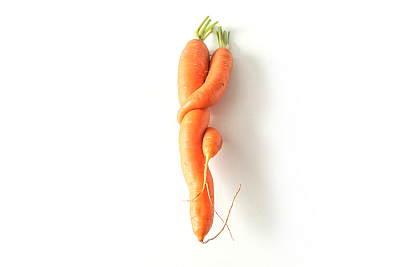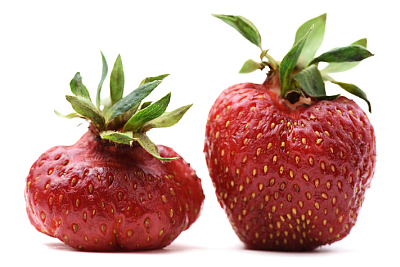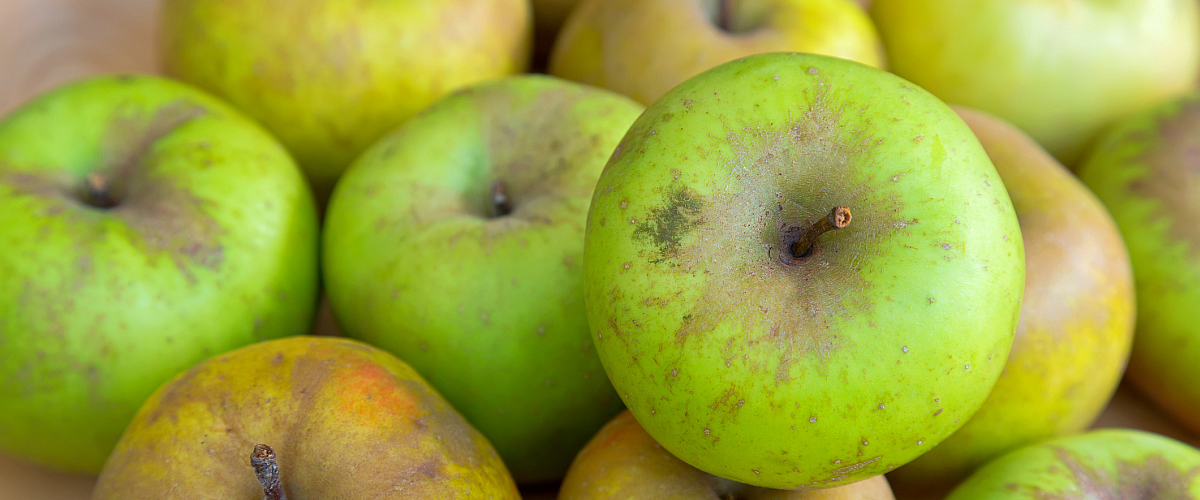Healthy foods are the foundation of a healthy life. But for National Nutrition Month this March, the Academy of Nutrition and Dietetics (AND) reminds us that the food we choose can also make a difference toward a healthy planet. This year’s theme encourages everyone to “Go Further with Food” by adopting healthier eating styles that also help reduce food loss and waste. 
In the U.S. each year, an estimated 63 million tons of food is wasted and never eaten. Wasted food squanders the resources that it took to grow, harvest, and transport the food in the first place. And, after it’s thrown away, it rots in landfills, creating methane – a powerful greenhouse gas.
So, how can you help make a difference? There’s one surprisingly simple place to start: Learn to love ugly food – every bruise, bump and blemish!
 Fruits and vegetables that are slightly misshapen or otherwise imperfect often get left on grocery store shelves if they reach them at all. But Aramark registered dietitian Kate Young (pictured with her dog) confirms food beauty is only skin deep. “Ugly produce is fresh, delicious, and nutritious. It may just look a little different,” she says. “There is no change in the nutritional profile of produce with ‘imperfections.’”
Fruits and vegetables that are slightly misshapen or otherwise imperfect often get left on grocery store shelves if they reach them at all. But Aramark registered dietitian Kate Young (pictured with her dog) confirms food beauty is only skin deep. “Ugly produce is fresh, delicious, and nutritious. It may just look a little different,” she says. “There is no change in the nutritional profile of produce with ‘imperfections.’”
While professional organizations like AND and food retailers are working to change consumer expectations, it’s easy to lean into the ugly produce trend at home. One of our favorite ways to use less-than-pretty fruit is in a smoothie, such as our Breezy Banana Strawberry Smoothie recipe.
 There are plenty of other tried-and-true ways to go further with your produce (and other food!) – ugly or not:
There are plenty of other tried-and-true ways to go further with your produce (and other food!) – ugly or not:
- Celebrate leftovers. Reinvent your meals and have leftover night at least once a week.
- Be scrappy. Stale bread is perfect for croutons and vegetable tops, peels, and stems for stock or soups!
- Learn the code. ‘Best-by’ dates indicate when food will be at its very best, not the date at which it immediately goes bad.
- Make the freezer your friend. If stored properly, frozen veggies will stay good up to one year, and frozen fruits will stay good up to three months.
Remember, that food safety always comes first. Have a question about keeping food safe in your kitchen, visit foodsafety.gov. Whichever waste reduction tips work best for you, reducing food waste starts in the home, and you can make a difference by taking one small step at a time.
Note: Since everyone’s health history and nutritional needs are so different, please make sure that you talk with your doctor and a registered dietitian to get advice about the diet and exercise plan that‘s right for you.

